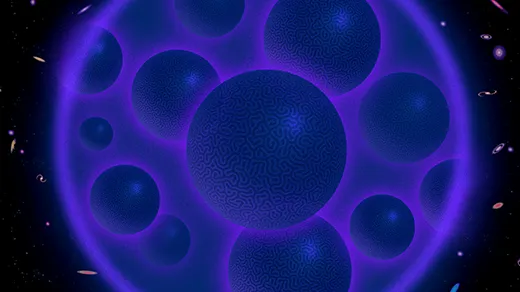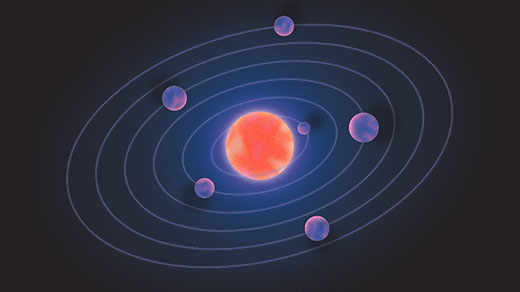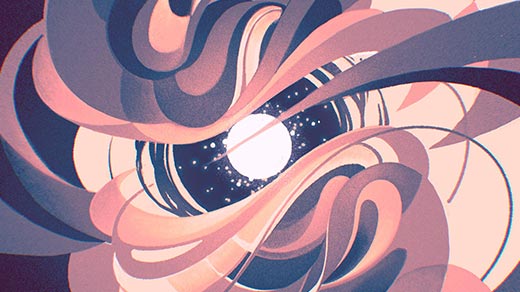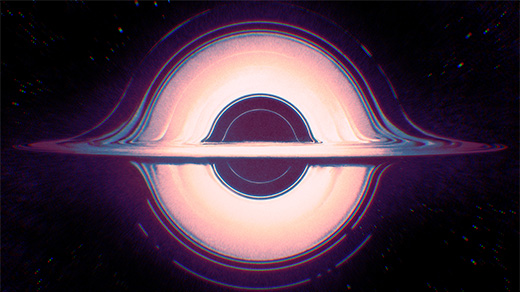What's up in
String theory
Latest Articles
AI Starts to Sift Through String Theory’s Near-Endless Possibilities
Using machine learning, string theorists are finally showing how microscopic configurations of extra dimensions translate into sets of elementary particles — though not yet those of our universe.
In a ‘Dark Dimension,’ Physicists Search for the Universe’s Missing Matter
An idea derived from string theory suggests that dark matter is hiding in a (relatively) large extra dimension. The theory makes testable predictions that physicists are investigating now.
The Mathematician Who Sculpted the Shape of Space
Eugenio Calabi, who died on September 25, conceived of novel geometric objects that later became fundamental to string theory.
Does Nothingness Exist?
Even empty space bubbles with energy, according to quantum mechanics — and that fact affects almost every facet of physical reality. The theoretical physicist Isabel Garcia Garcia explains to Steven Strogatz why it’s so important in modern physics to understand what a true vacuum is.
How the Physics of Nothing Underlies Everything
The key to understanding the origin and fate of the universe may be a more complete understanding of the vacuum.
A Deepening Crisis Forces Physicists to Rethink Structure of Nature’s Laws
Physicists are reexamining a longstanding assumption: that big stuff consists of smaller stuff.
In a Numerical Coincidence, Some See Evidence for String Theory
In a quest to map out a quantum theory of gravity, researchers have used logical rules to calculate how much Einstein’s theory must change. The result matches string theory perfectly.
What Is a Particle?
It has been thought of as many things: a pointlike object, an excitation of a field, a speck of pure math that has cut into reality. But never has physicists’ conception of a particle changed more than it is changing now.
The Most Famous Paradox in Physics Nears Its End
In a landmark series of calculations, physicists have proved that black holes can shed information.








